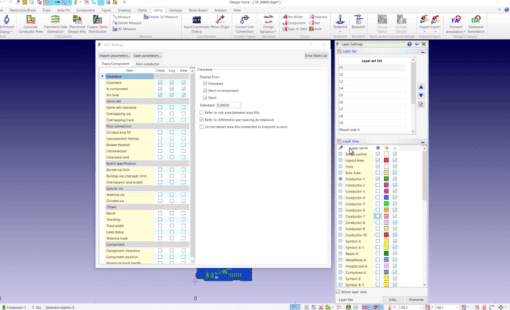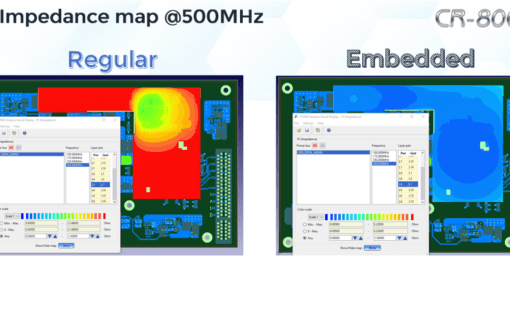In the dynamic world of technology, the computing industry continues to undergo significant changes. Specifically in the world of business computing, a new trend is developing: Graphics Processing Units (GPUs) are overtaking Central Processing Units (CPUs) as the dominant form of computing.
This shift is not a mere anomaly but a substantial transformation in how businesses manage computational tasks. In this post, we’ll take a closer look at GPU design, why GPUs are rising to prominence in business applications, and how Zuken helps support GPU development.
Understanding GPU Design
GPUs are specialized pieces of computing hardware that find major applications in today’s world.
GPU design initially fulfilled the purpose of accelerating graphics processing applications, which processed images consisting of millions of pixels and output them to a display. Since graphics processing requires the ability to simultaneously render millions of pixels, by design, the GPU offers extremely high levels of parallelism — or the ability to process many threads in parallel.
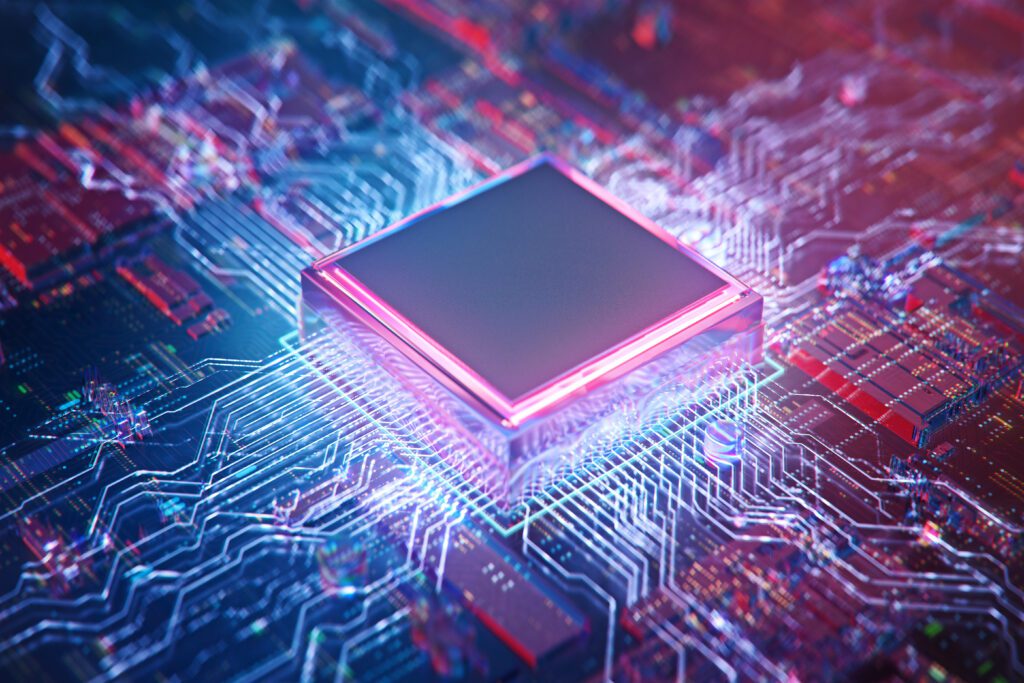
Unlike CPUs designed for general-purpose computing that excel at executing single threads rapidly, GPUs are specifically built for parallel processing. To achieve this task, GPU design consists of hundreds or even thousands of smaller cores designed for multitasking. The architecture makes GPUs exceptional at simultaneously performing similar computations on multiple data points. This is a common operation in graphics processing and rendering, where the same set of instructions applies to numerous pixels.
The role of GPU design continues to expand, eclipsing its original graphics processing design.
Why GPUs are Overtaking CPUs in Business Applications
GPUs have found themselves as the computing platform of choice in business applications — a place where CPUs previously reigned supreme.
GPU ascendance in business applications traces back to its superior parallel task-handling performance. In today’s data-driven world, many business applications process large volumes of data simultaneously, a task that ideally suits GPU design due to its parallel architecture.
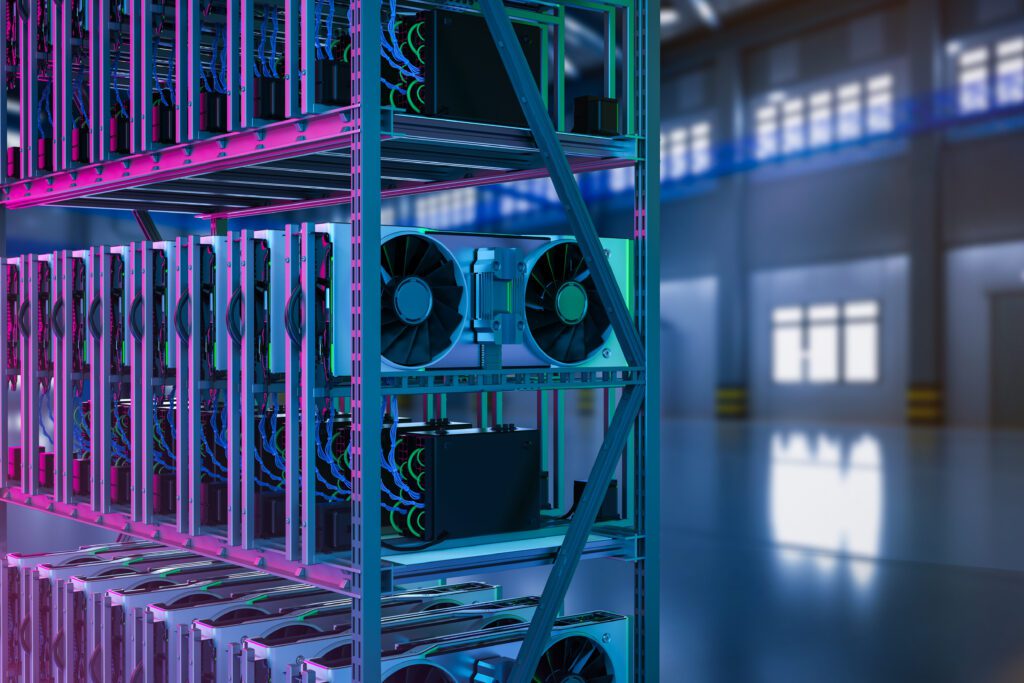
GPUs are proven to be most efficient in handling complex computations required in fields like deep learning and scientific computing. In deep learning, for example, GPUs can simultaneously process multiple layers of a neural network, significantly speeding up training times. In scientific computing, GPUs can similarly perform many calculations concurrently, making them ideal for simulations and modeling.
The rise of GPU-accelerated databases continues to fuel GPU adoption in business applications. These databases leverage GPU design parallel processing capabilities to offer significant speed improvements over traditional CPU-based systems, enabling businesses to process and analyze data faster and more efficiently.
How Zuken’s CR-8000 Software Supports GPU Design
Zuken’s CR-8000 software is a robust solution supporting GPU-based system development.
CR-8000 is a comprehensive, Windows-based system for designing PCBs, subsystems, and IC Packaging. Providing advanced capabilities for creating, checking, and documenting electrical products, CR-8000 is ideal for developing GPU-based systems.
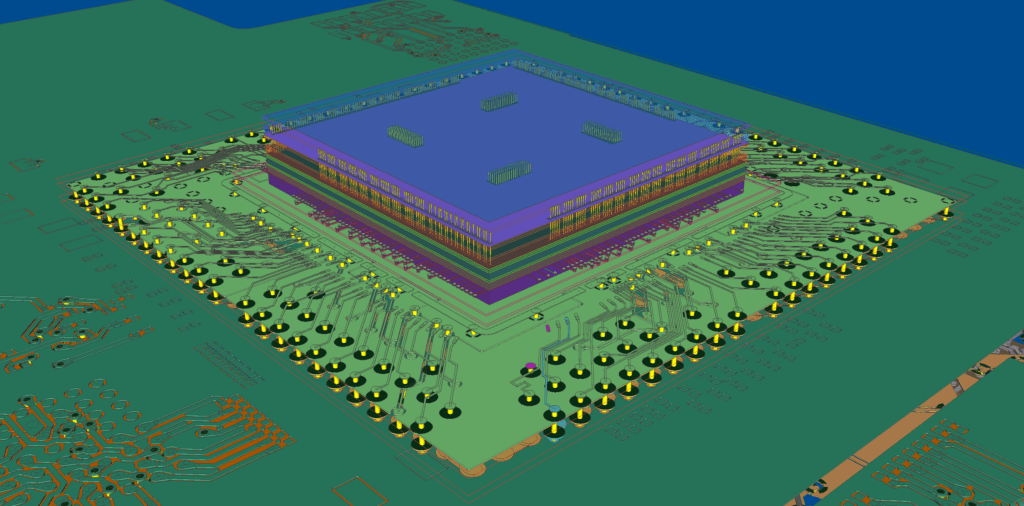
Zuken’s CR-8000 software is particularly beneficial in GPU design due to its ability to handle complex systems. GPUs consist of hundreds or even thousands of cores, requiring a design tool that can manage this complexity. CR-8000 excels at enabling designers to create and optimize GPUs efficiently from the silicon level on through to the entire system structure.
Moreover, Zuken’s CR-8000 software encourages collaboration, which is essential for GPU design. The complexity of GPU design often requires large engineering teams, and CR-8000 facilitates collaboration by enabling multiple users to work on a design simultaneously, thereby streamlining the design process and reducing time to market.
Conclusion
A transformative shift is happening in the computing industry as GPUs surpass CPUs in business applications. Discover the intricacies of GPU design, their ability to handle parallel tasks, and how Zuken’s CR-8000 software supports GPU development.
#GPUDesign, #CR8000 #TechnologyInnovation



